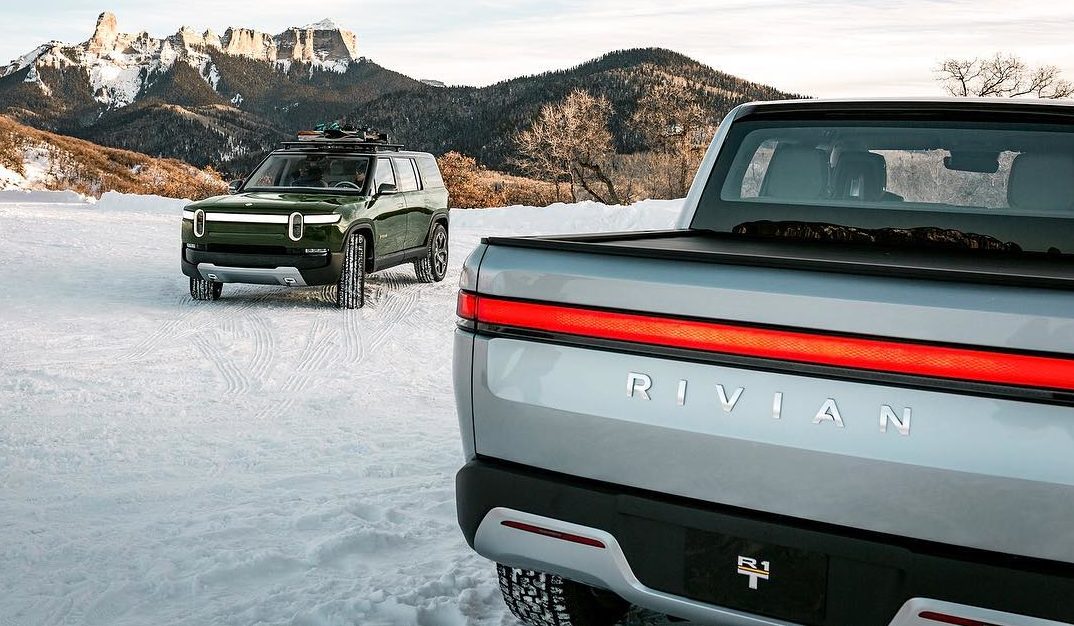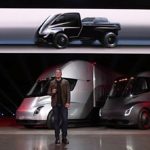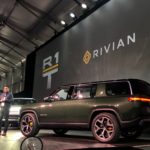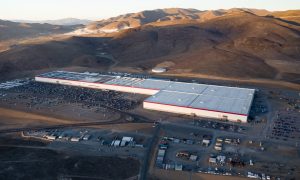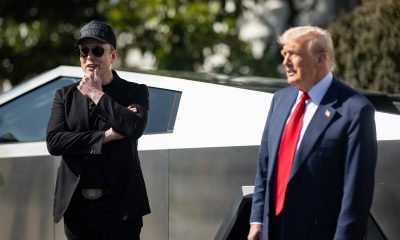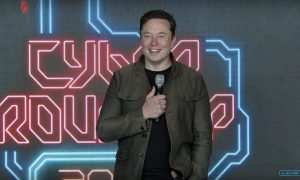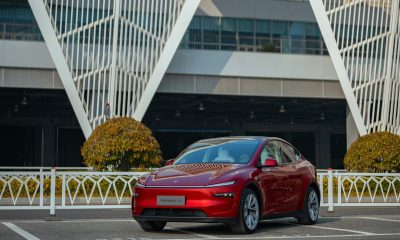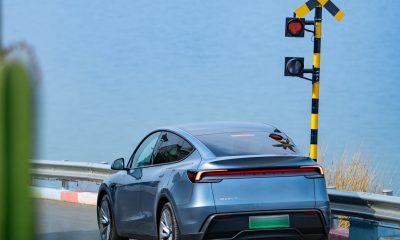With Detroit-based Rivian Automotive stepping into the limelight, the electric car maker has seen itself being compared to Silicon Valley-based Tesla, a first mover in the EV market. Over the following week, Rivian and its CEO, RJ Scaringe, has been dubbed as several things, among them being “Tesla’s worst nightmare.” This is a flawed assumption.
Rivian emerged from the shadows late last year, surprising the auto industry by revealing two production-ready vehicles that feature the best that electric cars can offer — instant power, luxury, and a killer design. With this in mind, it is not surprising that the company is perceived with optimism by Wall Street and potential investors. Morgan Stanley analyst Adam Jonas, for one, noted that Tesla’s dominance in the US EV market could be “unsustainable” as it faces “serious competition” from Rivian, considering the younger company’s “access to talent and capital” and its focus on the “fastest growing segments of pickup trucks & SUVs.”
Yesterday, reports also emerged that high-profile investors such as GM and Amazon are in talks to invest in Rivian. Provided that the reports are accurate, Reuters noted that Rivian’s valuation would rise to between $1 to $2 billion once the deal goes through. That’s incredibly impressive for the electric car maker, and it bodes well for the EV industry in general as it provides much-needed funds for the development of clean transportation. What it does not do is prove that Tesla will run into trouble because of Rivian’s upcoming and seemingly inevitable rise.
- Tesla CEO Elon Musk unveils the Tesla Semi. (Credit: Tesla)
- The Rivian R1T and R1S take center stage at the 2018 LA Autoshow
Tesla CEO Elon Musk and Rivian CEO RJ Scaringe both aim to rid the world of fossil fuels.
While rivalries present a compelling narrative, it is difficult to paint Tesla and Rivian as rivals trying to beat each other without compromising each company’s character. Tesla’s Elon Musk, for one, has always encouraged the development of more electric cars. In a recent tweet late last month, Musk noted that it is “exciting to see all the new electric vehicles coming to market,” referring to a report of other EVs set to debut in the coming years. In a later post, Musk added that Tesla’s true competition is not new electric vehicles, but rather, the “enormous flood of gasoline cars pouring out of the world’s factories every day.”
In his most recent 60 Minutes segment, Musk went so far as to state that “if somebody comes and makes a better electric car than Tesla, and it’s so much better than ours that we can’t sell our cars, and we go bankrupt, I still think that’s a good thing for the world.” It remains unknown if Elon Musk could ultimately put his foot where his mouth is, but considering his statements so far, he definitely appears to be fully supportive of other electric car makers, including Rivian.
Rivian, for its part, has never given an indication that it is going after Tesla. The electric car maker has established since the reveal of its first truck that it is dedicating itself to the production of luxury adventure vehicles (at least for now) with zero compromises. Rivian CEO RJ Scaringe has also been pretty open about his opinion of Tesla. During a fireside chat at the Automotive News World Congress last month, Scaringe credited Tesla for disproving “untruths” about electric vehicles. Simply put, everything that Rivian has done so far indicates that it acknowledges Tesla, and it is fully onboard with the company’s mission of accelerating the advent of sustainable energy.
Mainstream media loves pitting companies, products, and people against each other — Apple’s iOS and Google’s Android, Sony’s PlayStation and Microsoft’s Xbox, Celebrity A and Celebrity B, the list is endless. In the case of Tesla and Rivian and their CEOs, this idea does not seem to line up very well. In their respective segments alone, the companies should not be compared, considering that Tesla is pursuing the mainstream market with the Model 3 and the upcoming Model Y, while Rivian is focusing on the luxury adventure sphere with the R1T and R1S. Until Tesla releases its own pickup truck, then the two electric car makers are best seen as allies in the transition away from fossil fuels — not rivals attempting to overpower each other.
Elon Musk
Tesla reveals it is using AI to make factories more sustainable: here’s how
Tesla is using AI in its Gigafactory Nevada factory to improve HVAC efficiency.
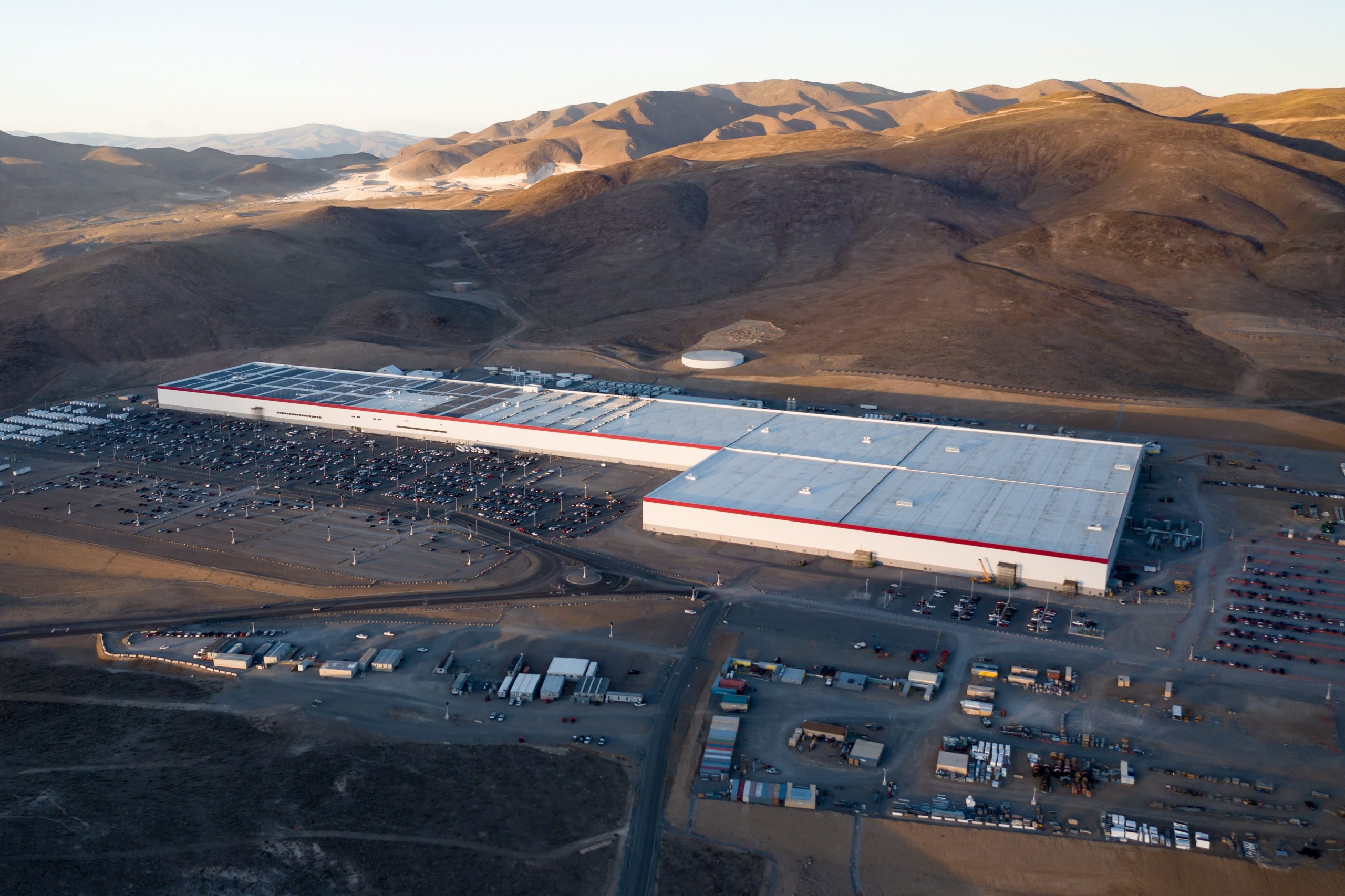
Tesla has revealed in its Extended Impact Report for 2024 that it is using Artificial Intelligence (AI) to enable its factories to be more sustainable. One example it used was its achievement of managing “the majority of the HVAC infrastructure at Gigafactory Nevada is now AI-controlled” last year.
In a commitment to becoming more efficient and making its production as eco-friendly as possible, Tesla has been working for years to find solutions to reduce energy consumption in its factories.
For example, in 2023, Tesla implemented optimization controls in the plastics and paint shops located at Gigafactory Texas, which increased the efficiency of natural gas consumption. Tesla plans to phase out natural gas use across its factories eventually, but for now, it prioritizes work to reduce emissions from that energy source specifically.
It also uses Hygrometric Control Logic for Air Handling Units at Giafactory Berlin, resulting in 17,000 MWh in energy savings each year. At Gigafactory Nevada, Tesla saves 9.5 GWh of energy through the use of N-Methylpyrrolidone refineries when extracting critical raw material.
Perhaps the most interesting way Tesla is conserving energy is through the use of AI at Gigafactory Nevada, as it describes its use of AI to reduce energy demand:
“In 2023, AI Control for HVAC was expanded from Nevada and Texas to now include our Berlin-Brandenburg and Fremont factories. AI Control policy enables HVAC systems within each factory to work together to process sensor data, model factory dynamics, and apply control actions that safely minimize the energy required to support production. In 2024, this system achieved two milestones: the majority of HVAC infrastructure at Gigafactory Nevada is now AI-controlled, reducing fan and thermal energy demand; and the AI algorithm was extended to manage entire chiller plants, creating a closed-loop control system that optimizes both chilled water consumption and the energy required for its generation, all while maintaining factory conditions.”
Tesla utilizes AI Control “primarily on systems that heat or cool critical factory production spaces and equipment.” AI Control communicates with the preexisting standard control logic of each system, and any issues can be resolved by quickly reverting back to standard control. There were none in 2024.
Tesla says that it is utilizing AI to drive impact at its factories, and it has proven to be a valuable tool in reducing energy consumption at one of its facilities.
Elon Musk
Tesla analysts believe Musk and Trump feud will pass
Tesla CEO Elon Musk and U.S. President Donald Trump’s feud shall pass, several bulls say.
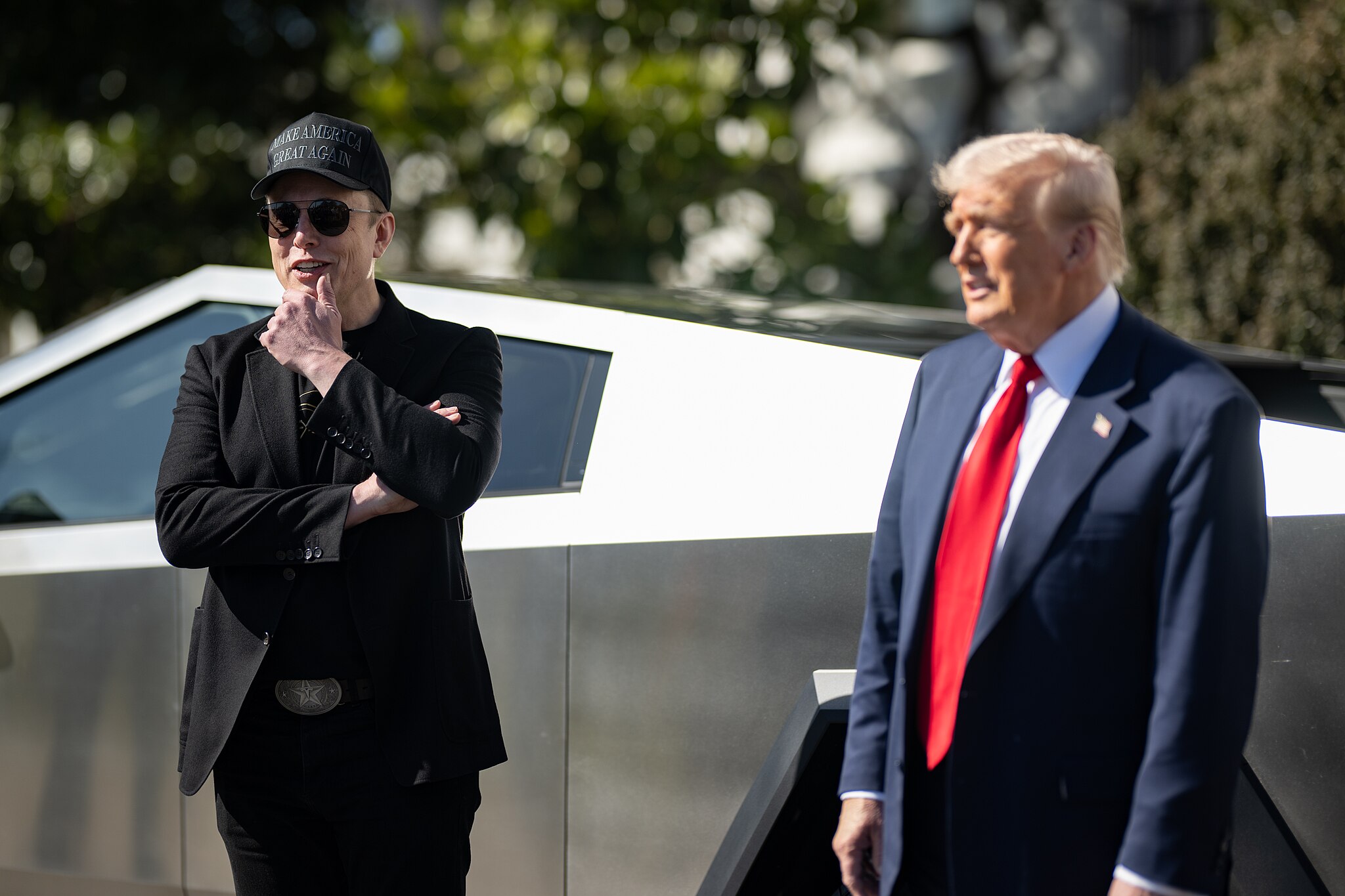
Tesla analysts are breaking down the current feud between CEO Elon Musk and U.S. President Donald Trump, as the two continue to disagree on the “Big Beautiful Bill” and its impact on the country’s national debt.
Musk, who headed the Department of Government Efficiency (DOGE) under the Trump Administration, left his post in May. Soon thereafter, he and President Trump entered a very public and verbal disagreement, where things turned sour. They reconciled to an extent, and things seemed to be in the past.
However, the second disagreement between the two started on Monday, as Musk continued to push back on the “Big Beautiful Bill” that the Trump administration is attempting to sign into law. It would, by Musk’s estimation, increase spending and reverse the work DOGE did to trim the deficit.
Every member of Congress who campaigned on reducing government spending and then immediately voted for the biggest debt increase in history should hang their head in shame!
And they will lose their primary next year if it is the last thing I do on this Earth.
— Elon Musk (@elonmusk) June 30, 2025
President Trump has hinted that DOGE could be “the monster” that “eats Elon,” threatening to end the subsidies that SpaceX and Tesla receive. Musk has not been opposed to ending government subsidies for companies, including his own, as long as they are all abolished.
How Tesla could benefit from the ‘Big Beautiful Bill’ that axes EV subsidies
Despite this contentious back-and-forth between the two, analysts are sharing their opinions now, and a few of the more bullish Tesla observers are convinced that this feud will pass, Trump and Musk will resolve their differences as they have before, and things will return to normal.
ARK Invest’s Cathie Wood said this morning that the feud between Musk and Trump is another example of “this too shall pass:”
BREAKING: CATHIE WOOD SAYS — ELON AND TRUMP FEUD “WILL PASS” 👀 $TSLA
She remains bullish ! pic.twitter.com/w5rW2gfCkx
— TheSonOfWalkley (@TheSonOfWalkley) July 1, 2025
Additionally, Wedbush’s Dan Ives, in a note to investors this morning, said that the situation “will settle:”
“We believe this situation will settle and at the end of the day Musk needs Trump and Trump needs Musk given the AI Arms Race going on between the US and China. The jabs between Musk and Trump will continue as the Budget rolls through Congress but Tesla investors want Musk to focus on driving Tesla and stop this political angle…which has turned into a life of its own in a roller coaster ride since the November elections.”
Tesla shares are down about 5 percent at 3:10 p.m. on the East Coast.
Elon Musk
Tesla scrambles after Musk sidekick exit, CEO takes over sales
Tesla CEO Elon Musk is reportedly overseeing sales in North America and Europe, Bloomberg reports.
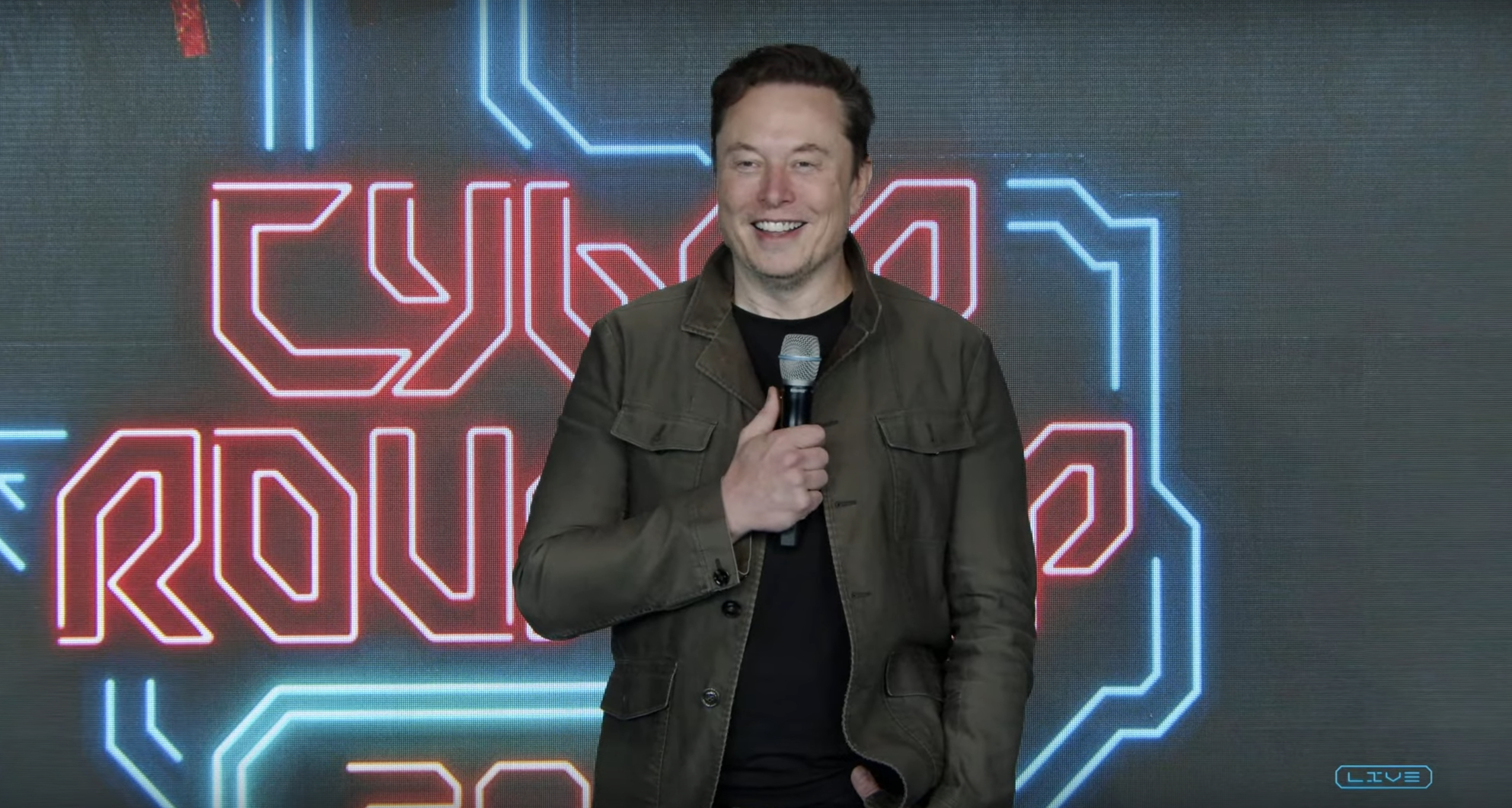
Tesla scrambled its executives around following the exit of CEO Elon Musk’s sidekick last week, Omead Afshar. Afshar was relieved of his duties as Head of Sales for both North America and Europe.
Bloomberg is reporting that Musk is now overseeing both regions for sales, according to sources familiar with the matter. Afshar left the company last week, likely due to slow sales in both markets, ending a seven-year term with the electric automaker.
Tesla’s Omead Afshar, known as Elon Musk’s right-hand man, leaves company: reports
Afshar was promoted to the role late last year as Musk was becoming more involved in the road to the White House with President Donald Trump.
Afshar, whose LinkedIn account stated he was working within the “Office of the CEO,” was known as Musk’s right-hand man for years.
Additionally, Tom Zhu, currently the Senior Vice President of Automotive at Tesla, will oversee sales in Asia, according to the report.
It is a scramble by Tesla to get the company’s proven executives over the pain points the automaker has found halfway through the year. Sales are looking to be close to the 1.8 million vehicles the company delivered in both of the past two years.
Tesla is pivoting to pay more attention to the struggling automotive sales that it has felt over the past six months. Although it is still performing well and is the best-selling EV maker by a long way, it is struggling to find growth despite redesigning its vehicles and launching new tech and improvements within them.
The company is also looking to focus more on its deployment of autonomous tech, especially as it recently launched its Robotaxi platform in Austin just over a week ago.
However, while this is the long-term catalyst for Tesla, sales still need some work, and it appears the company’s strategy is to put its biggest guns on its biggest problems.
-
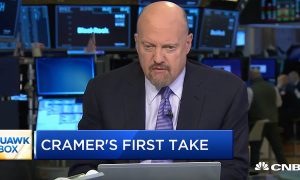
 Elon Musk1 day ago
Elon Musk1 day agoTesla investors will be shocked by Jim Cramer’s latest assessment
-
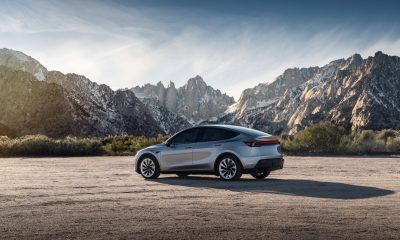
 News6 days ago
News6 days agoTesla Robotaxi’s biggest challenge seems to be this one thing
-

 News2 weeks ago
News2 weeks agoTesla’s Grok integration will be more realistic with this cool feature
-
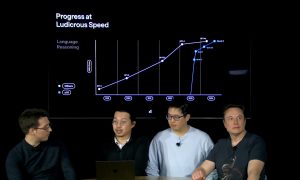
 Elon Musk2 weeks ago
Elon Musk2 weeks agoElon Musk slams Bloomberg’s shocking xAI cash burn claims
-
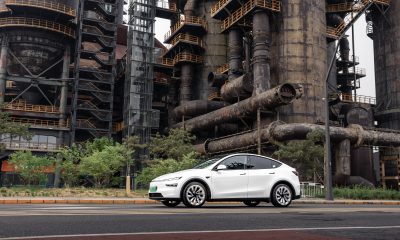
 News2 weeks ago
News2 weeks agoTesla China roars back with highest vehicle registrations this Q2 so far
-
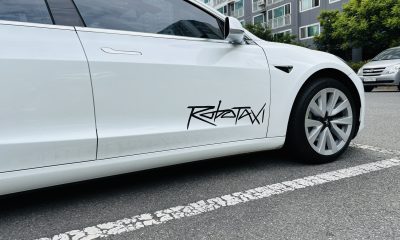
 News2 weeks ago
News2 weeks agoTexas lawmakers urge Tesla to delay Austin robotaxi launch to September
-
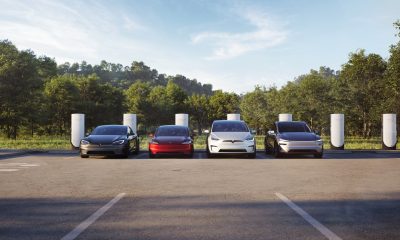
 News2 weeks ago
News2 weeks agoTesla dominates Cars.com’s Made in America Index with clean sweep
-
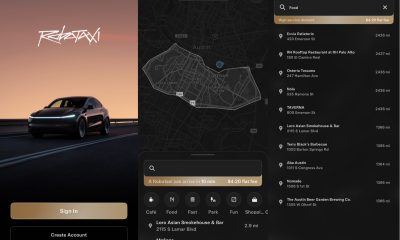
 Elon Musk1 week ago
Elon Musk1 week agoFirst Look at Tesla’s Robotaxi App: features, design, and more

